Amortization
Biweekly Payments
Interest Only Payments
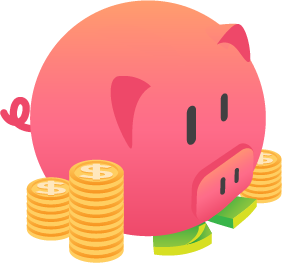 Interest Only Loan Payment Calculator
Interest Only Loan Payment CalculatorUse this calculator to quickly figure the daily, weekly, biweekly, monthly or annual interest on an interest-only loan.
We also provide a calculator for comparing IO and amortizing loan payments side-by-side.
Guide published by Jose Abuyuan on February 19, 2020
If you've taken out a loan, you'll notice that majority of consumer finance options adhere to a traditional payment schedule. This payment schedule, called amortization, is a calculation that determines how much of your payments go toward your principal and interest costs. It is applied immediately once you start paying your loan. Traditional loans usually have a fixed payment amount and duration, ensuring that your debt is paid once the loan term ends.
But apart from the traditional payment schedule, did you know you have the option to defer principal payments during the first several years? Loans structured this way are called interest-only loans.
In this article, we'll talk about how interest-only loans work, their benefits, and risks to consumers. We'll also tackle the drawbacks of short-term loans, as well as the trouble with rolling over credit card debt.
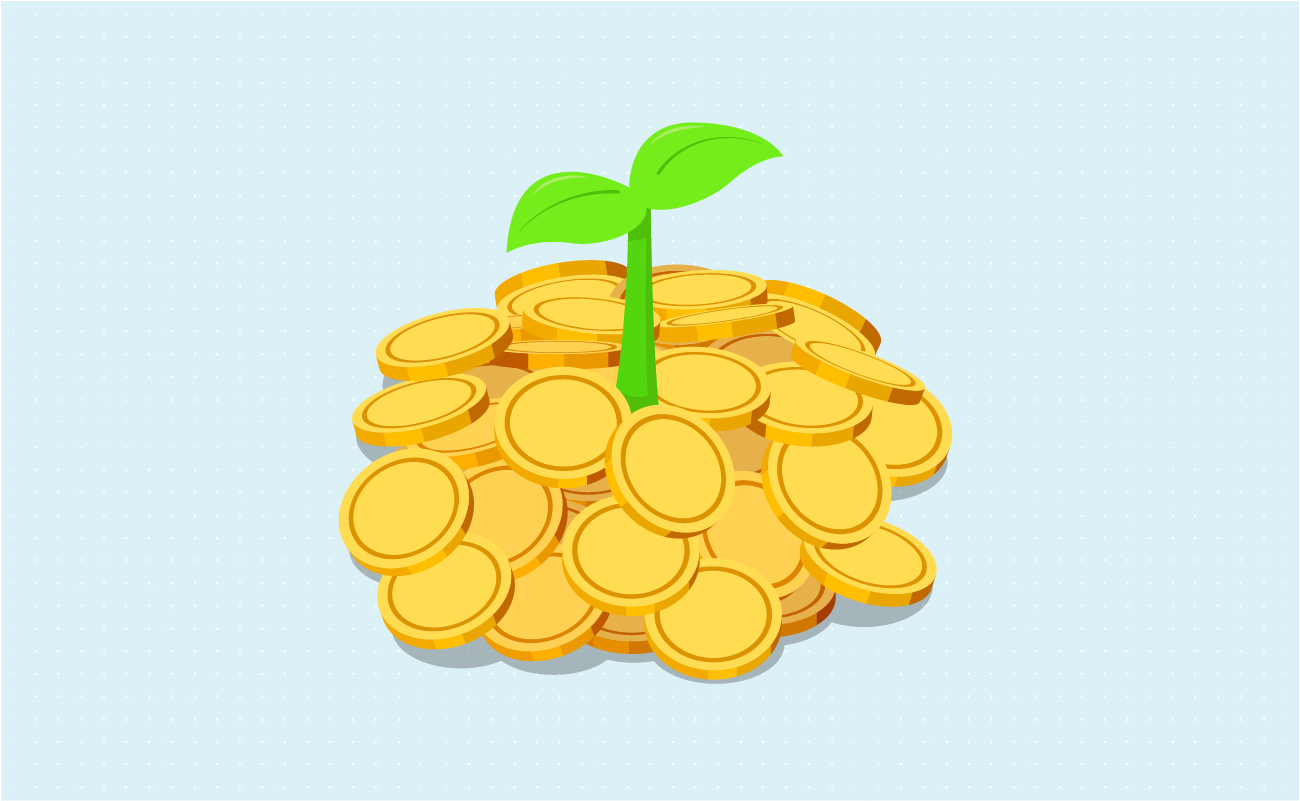
Interest-only loans are mostly variable or adjustable rate loans that require borrowers to make interest payments during the first several years. This makes initial payments more affordable for consumers. The ‘grace period' is meant for borrowers anticipating higher income, allowing them to prepare funds before the loan shifts to account for the principal and higher interest rate. Once the interest-only period ends, the payment schedule is normally amortized.

Start making higher payments during the loan's interest-only period. Though it is not required, higher payments help reduce your principal balance, thus lowering accrued interest over the life of your loan.
After the initial period, borrowers start making higher monthly payments to cover both interest and principal balance of the debt. However, in other cases, some interest-only mortgage lenders may require you to pay down the entire principal balance once the initial period is through. Either way, you have the option to pay the principal in full once the first pay period is done. Just talk to your lender about their payment policy. Paying down your loan right away is beneficial, allowing you to save a lot on interest cost.
How does the interest rate change? The interest rate is contingent upon changes in the LIBOR rate (London Interbank Offered Rate), which is the benchmark global interest rate for major banks. If you opt for this type of loan, expect your interest payment to rise when LIBOR increases.
How long does the initial payment period last? Interest-only loans can last for 3 years or as long as 20 years, depending on the type of consumer finance you obtain. For interest-only mortgages, you can find interest payment periods up to 5 or 10 years.
Who usually takes interest-only loans? These loans are ideally utilized by stable, high-income borrowers who can afford expensive long-term payments or pay the principal in full once the initial period is done. Interest-only mortgages are also used by people who want to buy and sell a short-term house—these are people looking to maximize their income for worthwhile investments. In other cases, they are also used by individuals anticipating higher income in the succeeding years.
Interest-only loans are suited for people with stable incomes, including:
To compute the difference between a traditional amortizing loan versus an interest-only loan, use our calculator.
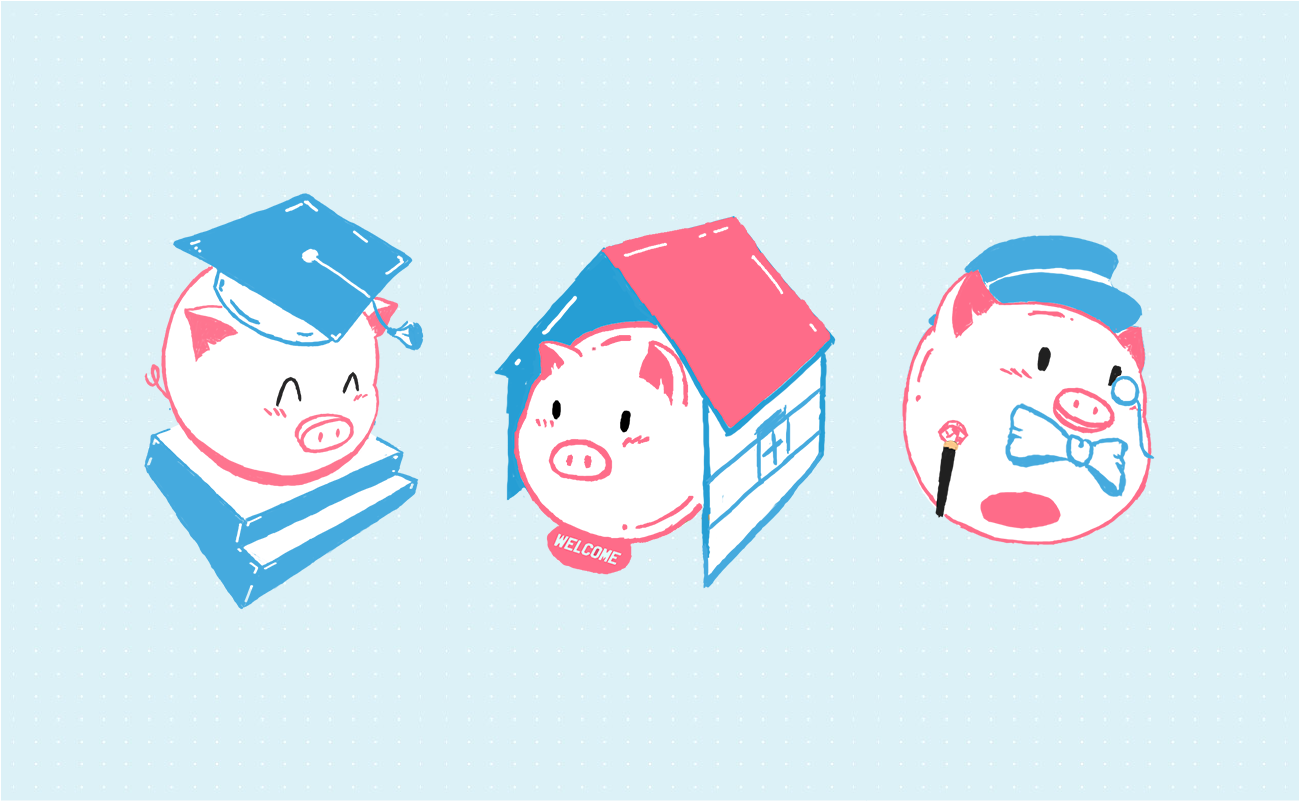
There are several types of loan payment structures that allow consumers to make interest-only payments within the initial period. Some of these loans include:
Taking a student loan helps you defer full monthly payments while you are still studying. Ideally, interest charges should not accumulate while borrowers are still in school. However, private student loans and federal unsubsidized loans accrue interest once a borrower takes out a loan. The interest that builds during this period capitalizes, which means it is added to your principal balance.
To avoid interest capitalization, you can start paying your loan while you're still in school. While payments are not yet required, this will help reduce your overall debt in the future.
Interest-only mortgages are a lot like adjustable rate mortgages (ARM) that put a fixed interest rate during the initial pay period. What's the difference? ARMs amortize right away with a fixed rate during the initial period, while interest-only mortgages require borrowers to pay for the cost of lending during the first few years.

To qualify for an interest-only mortgage, your credit score must be between 720 – 740, with a debt-to-income ratio of 43 percent. A down payments of 20 on the house price is also required.
Once the initial period ends, the mortgage usually begins to amortize, and your interest rate is bound to increase in the succeeding years. The CFPB notes that you have the following options once the interest-only period ends:
Interest-only mortgages are not ideal if you're looking to save income on a long-term loan. It is suited for high net worth buyers who seek to maximize their capital use. For instance, the low payment during the first few years lets you afford short-term homes. Because you can defer full monthly payments, you can put your money on other lucrative investments.
Moreover, if your goal is to sell an expensive house (for those who conduct house flipping) before the initial period ends, you can end the contract by selling the property or refinance to a conventional housing loan. Once you do this, you can pay down the balance by making a lumpsum balloon payment. Compared to letting your mortgage amortize, this helps you avoid the high interest costs. In the process, you also eliminate your debt and even improve your credit score.

Worried you can't make higher payments based on your current income? Choose a traditional mortgage instead. Being unable to cover a higher payment increases your chances of default. If your property's value declines, you may not be able to refinance your mortgage or sell your home.
HELOC is a kind of interest-only loan that lets you borrow money against your property's equity. It is often used for home repair and remodeling projects. Ideally, once you've paid down around 80 percent of your mortgage, you can have access to revolving credit through HELOC.
With HELOC, borrowers are given several years of ‘draw period' to take credit. This period allows you to only pay interest on the credit you utilize. The payment changes to an amortized schedule once the draw period is through. Interest rates are also variable with HELOC, which means your payments will likely be higher in the latter years of the loan.

For HELOC, borrowers can convert a portion of their balance to a fixed rate with a definite term. You can do this anytime within the draw period.
| Pros | Cons |
|---|---|
| Make lower payments in the first few years of the loan. | It generates very high interest cost, higher than traditional amortizing loans. |
| Allows you to make higher payments in the initial payment period, helping reduce the principal balance. | Because of the variable rate, borrowers may experience “payment shock” after the initial pay period. Payments can increase dramatically. |
| It's possible to write off your entire mortgage payments early in the term. Mortgages up to $750,000 are tax deductible during the initial payment period. | Potential “negative equity” – For mortgages, property may not appreciate as fast. You may have trouble refinancing or selling your house. |
| Allows high-income borrowers increase their net worth by maximizing short term capital. | If you are expecting a higher income, it may not be enough to cover the future payment cost. You'll have increased default risk if you can't afford higher payments. |
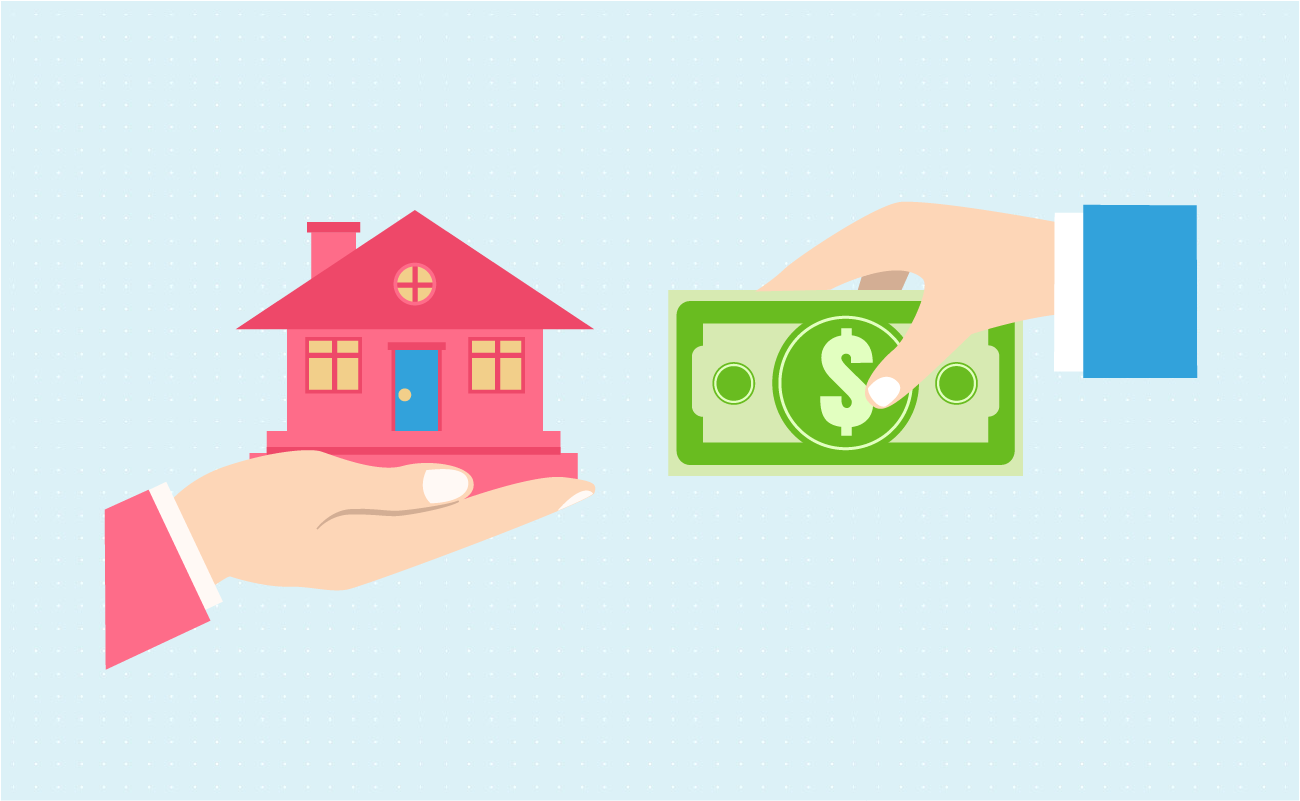
Interest-only loans have monthly payments that are significantly more affordable during the first couple of years. This enables borrowers to reduce the impact of a loan's initial costs.
You can take advantage of the interest-only period to pay off your debt. This can be done by making large payments, especially when you get windfalls like work bonuses and income tax returns. While paying more is not mandatory, it is highly beneficial. Large extra payments greatly reduce your principal balance, which leaves you with lesser debt.
On top of making extra payments, mortgage income tax deductions (for loans up to $750,000) dictate that it's possible to write off all your mortgage payments within the interest-only period. This can even be faster than a conventional mortgage.
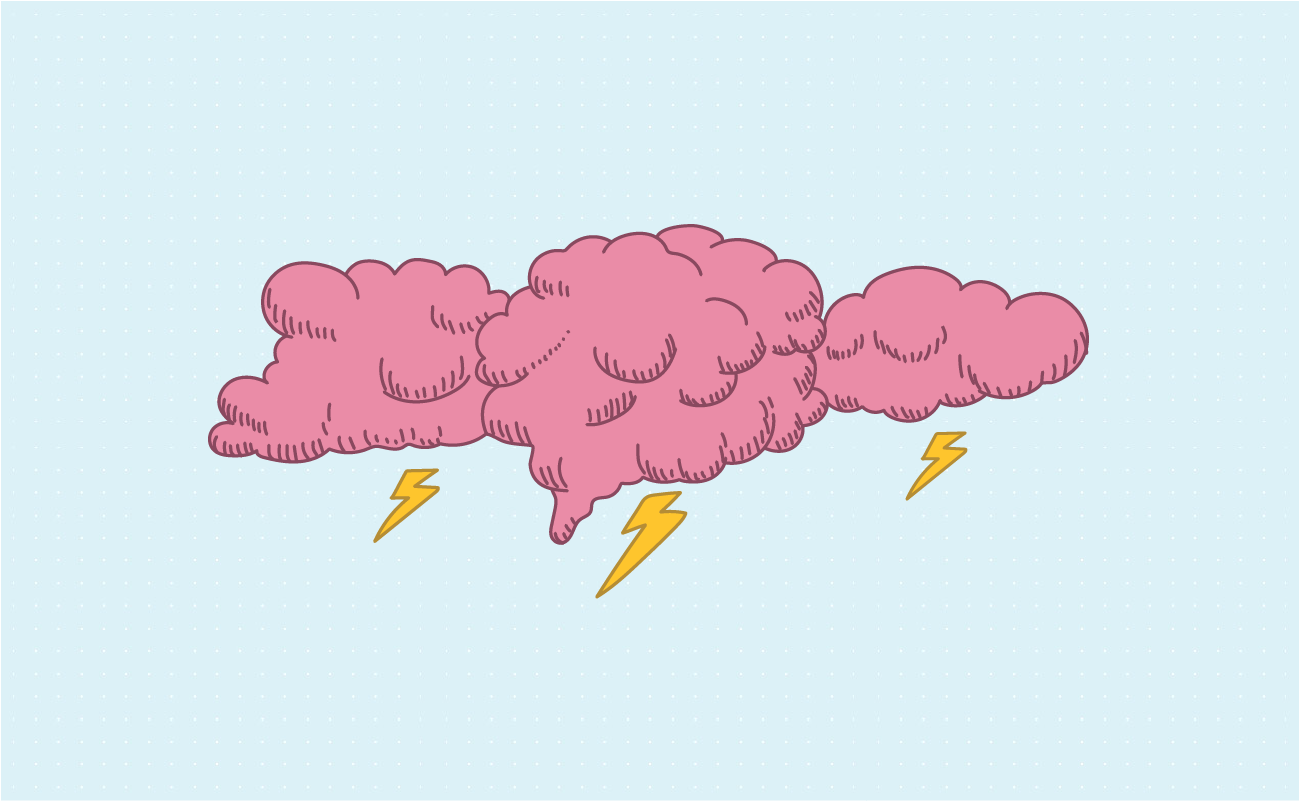
Watch out for ‘payment shock.' When the initial payment period is through, your new monthly payment can increase dramatically. Moreover, interest-only loans carry a high lifetime interest cost. It generates more interest than traditional amortizing loans.
Moreover, if you are anticipating a larger income in the succeeding years, it may not increase as much as you would like. If you cannot afford higher monthly payments, you are at risk of defaulting on your loan.
There's also the potential for negative equity, especially when it comes to mortgages. In negative equity or ‘underwater mortgages,' a property's value drops below the outstanding balance on the loan. This means the house's value has fallen below the amount the property holder owes on their mortgage. Under this situation, you cannot apply for refinancing if you want to lower your interest rate and monthly payment.
For instance, let's say you bought a house for $300,000 with a mortgage of $250,000. If the house's market value drops to $175,000 during a financial crisis, you will have a negative equity of $75,000 on your property. This means the mortgage on your home became $75,000 more than it would actually sell that year.
Sometimes, interest-only mortgages are also referred to as ‘exotic or subprime mortgages.' The low ‘introductory rate' and monthly payments in the first years look attractive to uninformed consumers. This is deceptive when lenders do not properly explain how interest-only loans become very costly towards the latter years of the loan.
More often, consumers expect they can refinance their loan or sell their house. However, if their property depreciates in value, they cannot qualify for refinancing to lower their payments. And once they cannot afford the new monthly payments, they are likely to risk foreclosure and default on their loan.
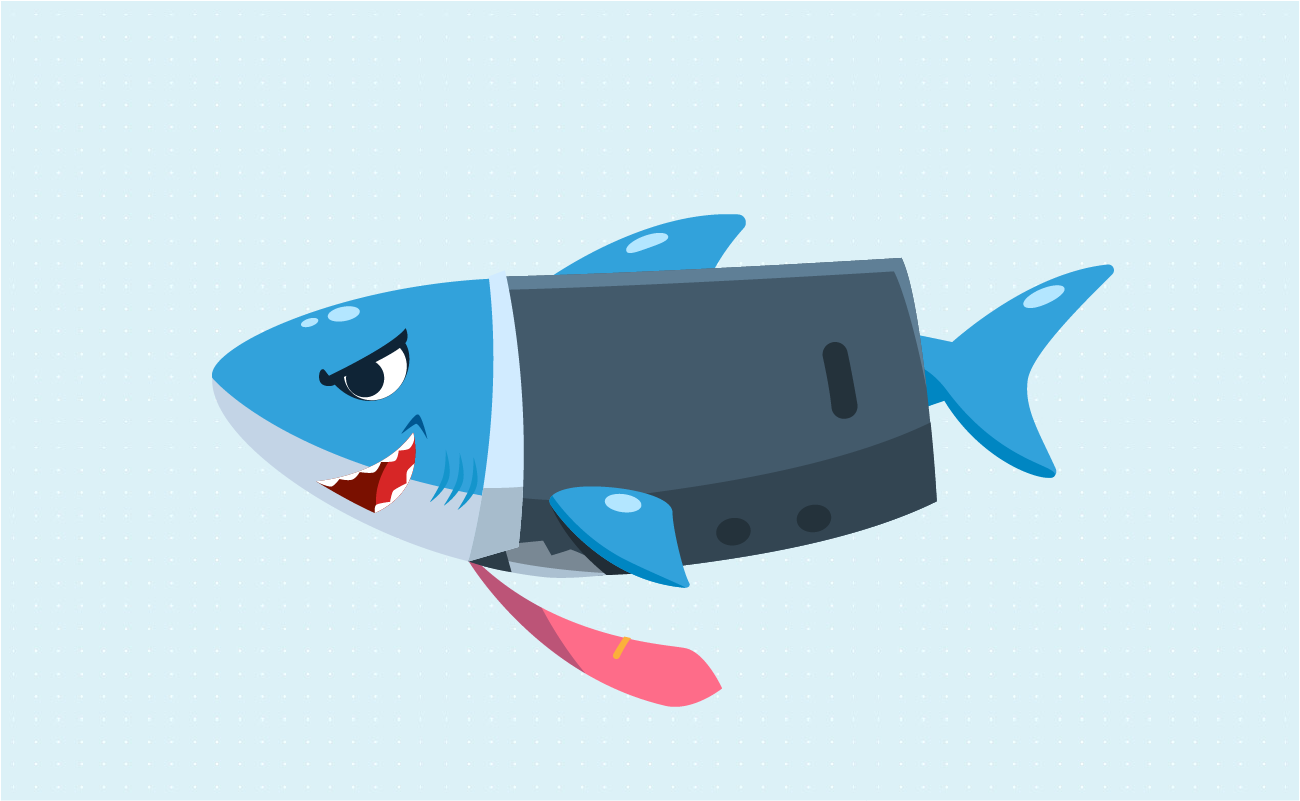
Payday loans, also called ‘cash advance loans,' make up a 9 billion industry that propagate predatory lending, according to the National Foundation for Credit Counseling. These lenders are notorious for offering short-term loans without doing credit checks.
Why do people use this kind of loan? Payday loans appeal to people who don't easily get approved for financing. These lenders offer around $200 to $1,000, functioning like a cash advance on your next paycheck. Likewise, the amount should be paid back once you get your next salary (the average loan term is 2 weeks).
High Interest Rates
Payday lenders enforce the same interest rate on every borrower. Credit scores function to determine the ideal interest rates a borrower can qualify for. However, payday lenders disregard that standard. They charge almost 400 percent annual interest rate on everyone.
How does this work? You get charged $15 to $30 for every $100 you borrow. For instance, if you borrow $1,000, your interest cost is $150. This may not seem terrible at first, but it gets worse if you were to compute it on an annual basis, especially when you roll over an existing balance to a new payday loan. Here's what happens.
The Dangers of Rolling Over Debt
Let's say you owe $500. If your interest charge is $15 per $100 borrowed, your interest cost will be $75. That makes the total loan cost $570. If you roll over your loan, you will have to factor in a new origination fee ($75 plus $25). The new interest charge will be $100. When you add your new origination fee and interest charge, it will now become a $670. This is how your debt rises by almost 25 percent in less than a month.
If you keep rolling over your current balance, you will eventually drown in thousands of dollars of debt. This is the perfect recipe for toxic debt.
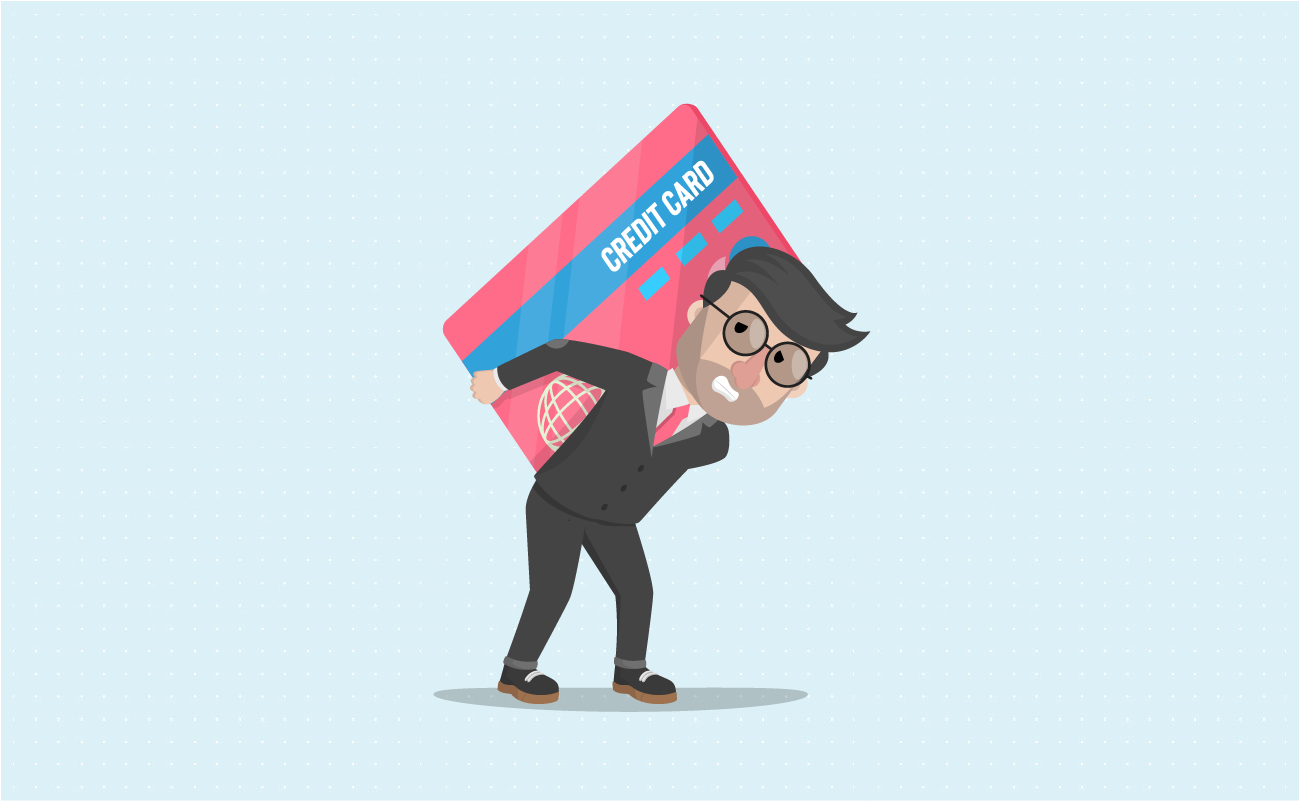
Rolling over credit card balance or doing a ‘balance transfer' is a way to eliminate credit card debt using another bankcard. It is usually done to help reduce your interest rate and save more money. While there are added fees, balance transfers can help you manage your debt when done responsibly.
However, while there are advantages, watch out for the drawbacks. Here are some of the problems you might encounter when you roll over credit card balance from month to month.
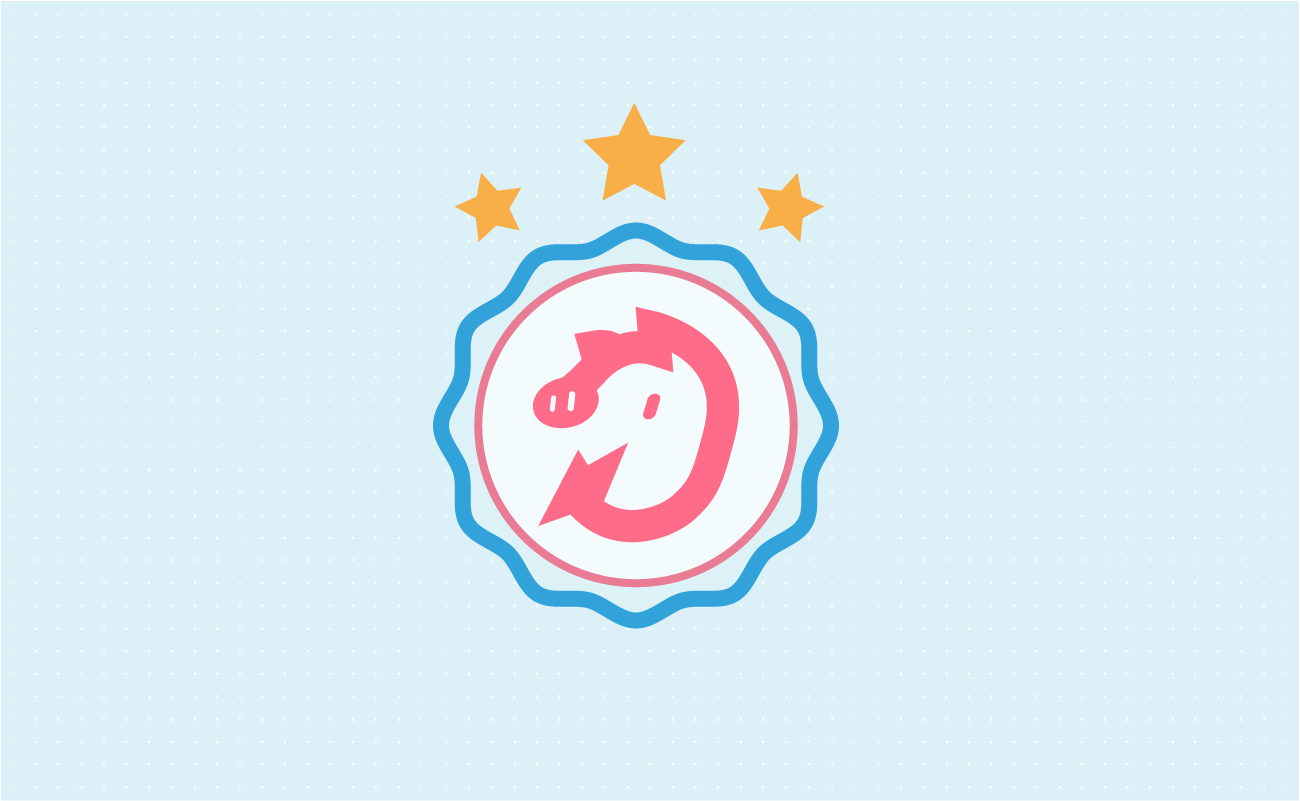
Learning about different types of loans helps you negotiate which payment structure will work for you. It also warns you to avoid predatory lending schemes like payday loans so you can steer clear of toxic debt.
In this case, interest-only loans seem like an appealing option if you want to reduce initial payment costs. However, it's important to note that this isn't the best choice if you want to save on overall interest. Just remember to know the risks and advantages first before locking down any loan.
For instance, interest-only mortgages are ideal for buyers who can make a balloon payment once the initial payment period ends. It is also good for people looking to sell a short-term house to boost their liquidity. Otherwise, this type of consumer finance usually costs too much in total interest.
Need advice on managing multiple debts? Use our debt consolidation calculator and read our guide.
Jose Abuyuan is a web content writer, fictionist, and digital artist hailing from Las Piñas City. He is a graduate of Communication and Media Studies at San Beda College Alabang, who took his internship in the weekly news magazine the Philippines Graphic. He has authored works professionally for over a decade.